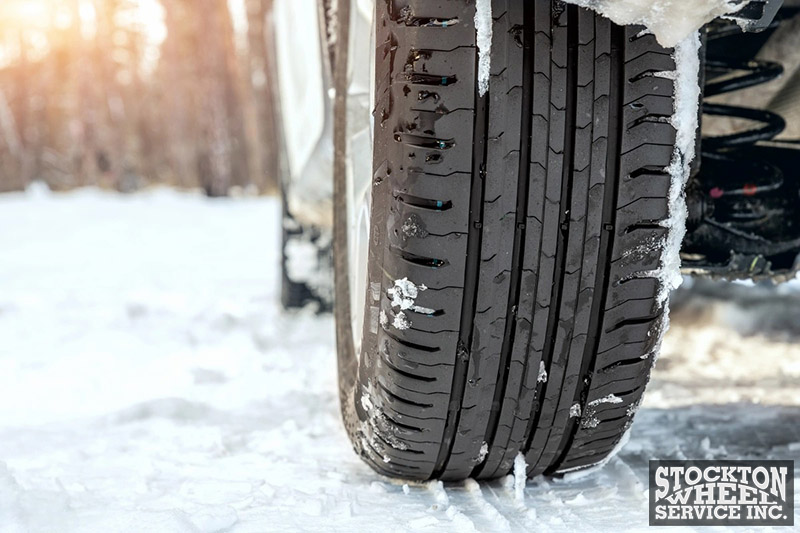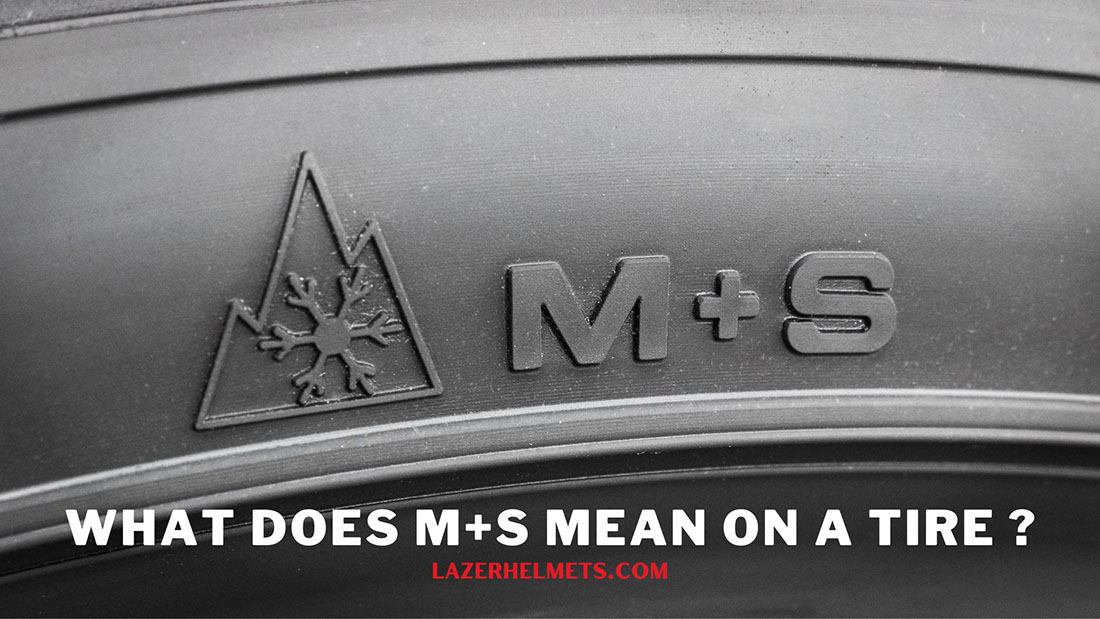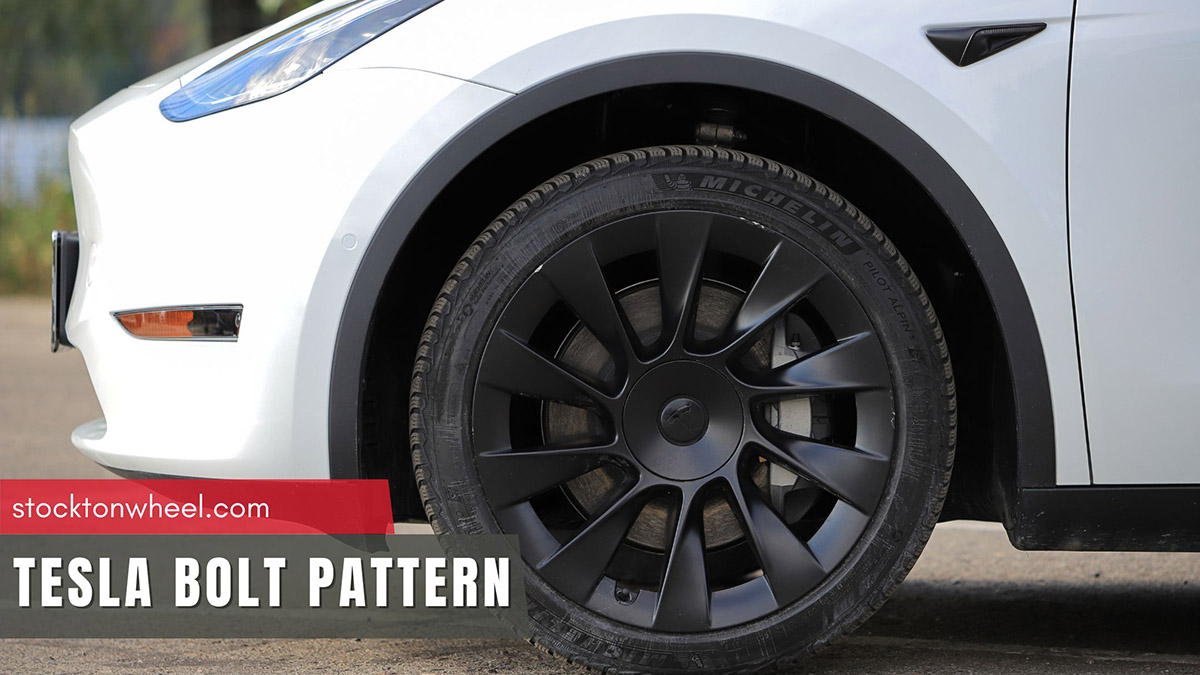Have you ever wondered what tire features M+S stand for? If you’ve ever come across this designation while shopping for or inspecting tires, you’re not alone. These letters are commonly found on the sidewalls of certain tires, but their meaning may not be immediately apparent to everyone. Scroll down to reveal the secret behind them!
In this article:
What Is M+S On Tires?
The M+S symbol represents Mud and Snow. Tires bearing this label aim to enhance grip on muddy, snowy, and even slippery roads. So you can use M+S tires for both summer and winter, but they can’t be on par with dedicated winter tires.

Such items feature a specialized rubber compound, deep grooves, and a unique tread design for increased traction and flexibility on challenging terrain. In detail, they have small slots on the tread block at the edges, air grooves, and solid construction, which increases efficiency in muddy environments.
This term was born in the middle of the 20th century – the early days of the automobile industry. Tire manufacturers introduced it for the rough conditions of that era, when paved roads were scarce. Initially, it was reserved for trucks that frequently traversed the most treacherous surface contact. However, its uses expanded to other passenger vehicles and laid the foundation for tire diversity afterward.
How Do M+S Tires Perform?
As mentioned above, the distinguishing characteristic of M+S tires gives them an edge to traverse more types of terrain. Deep grooves dig into the snow or mud and then release it after each rotation. This allows the tire to roll smoothly without getting stuck.
Unfortunately, they cannot suffice in severe snow or too-deep mud. While they work fine on shallow mud or light snow, they struggle to handle harsh winters.

M+S tires are applied as a classification rather than a performance guarantee. There is no independent organization that establishes and verifies the approval criteria for this symbol. It is primarily based on the manufacturer’s assertion that their product is suitable for use on the mentioned surfaces.
As a result, you may come across this term on all-season tires and even summer ones or products of unknown origin. That said, as long as the tires can satisfy some basic standards, they can bear these markings. It is advisable to familiarize yourself with the technical features of your desired tires instead of relying solely on this symbol.
Pros And Cons Of M+S Tires
Pros
The benefits of M+S tires are undeniable. For instance, it offers better grip than summer tires, thus becoming a good choice for those driving in regions with lengthy winters. With deep and wide grooves that create additional resistance, you can go without worries of getting stuck on wet roads.
Moreover, these tires do not limit their capabilities to snowy conditions. Feel free to use them in all seasons as long as your tires are in good condition. The ample spacing between aggressive tread blocks adapts effectively to various types of terrain. However, they cannot achieve optimal performance like specialized tires.
Cons
M+S tires are never the best for hot summer or extremely challenging terrains. Their soft rubber compounds enhance flexibility in cold conditions but lead to increased wear and reduced handling precision on warm days.
They are not as effective as true winter tires in severe winter conditions. Nor can they save you from heavy snowfall. When the temperature drops below 45°F, the tread compound becomes stiff and no longer provides enough traction to overcome obstacles. Snow may also stick to the treads, impeding forward motion.
Are M+S Tires And Winter Tires (3PMSF Markings) The Same?
No, the Three-peak Mountain Snowflakes (3PMSF) differs from the M+S label. The 3PMSF emerged in the 1990s when the tire market sought a clear distinction between all-season vs. winter tires. Compared to M+S markings, this symbol focuses on the tire traction on icy and snowy roads.

To earn the 3PMSF symbol, tires must undergo rigorous testing. Rather than visual inspection coupled with the M+S, the process is committed to strict industry standards. Tires must demonstrate increased acceleration and braking in deep snow through standardized testing conditions.
Furthermore, they must engage in meticulous grip tests before being launched to the market. To pass the test, they must achieve a vertical grip of over 110%. As a result, 3PMSF-rated tires are more reliable than M+S ones when performing on snowy roads.
However, this cannot hold in all cases since some models can perform just fine during winter. For example, our Michelin Defender LTX M/S tires come with M+S markings but can still be used in mild winter conditions in California, only showing occasional drifting when the outdoor temperature dropped as low as 30°F.
Buying M+S Tires: What To Consider
M+S markings usually appear on the tire sidewall. Each manufacturer applies different variations, such as “MS,” “M&S,” or even specifically “mud and snow.” It is important to carefully check or ask the seller to ensure you do not purchase the wrong one.
Also, pay attention to the right tire size for your vehicle. You can find useful instructions in the owner’s manual or the manufacturer’s official website. Undoubtedly, an inappropriate size causes technical obstacles and reduces the optimal tire performance.
FAQs
How Long Does M+S Tire Last?
On average, a set of M+S tires lasts anywhere from 40,000 to 70,000 miles before they need to be replaced. However, this estimate can vary significantly based on the factors mentioned earlier.
Do M+S Tires Require Chains?
The specific regulations regarding the chain requirement can vary depending on the jurisdiction and the road conditions. Check the local laws and recommendations for the area where you will be driving before utilizing tire chains or other traction devices.
Conclusion
Understanding the M+S tires meaning is essential for drivers looking to optimize their traction rating and handling on challenging surfaces. With the knowledge gained from this article, you can now confidently navigate the world of tires and make informed choices.
See more:








